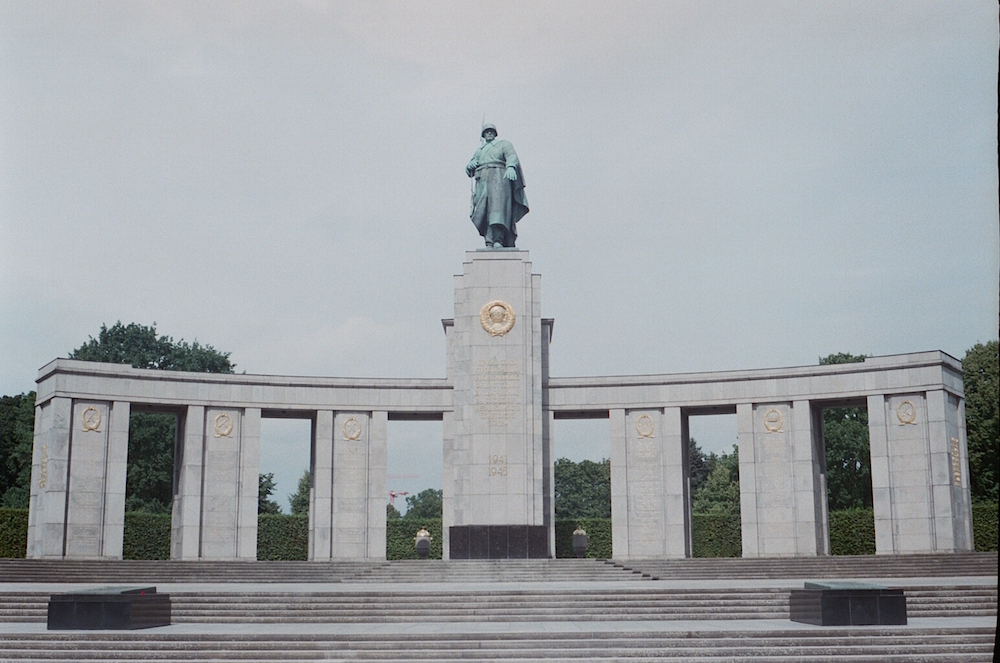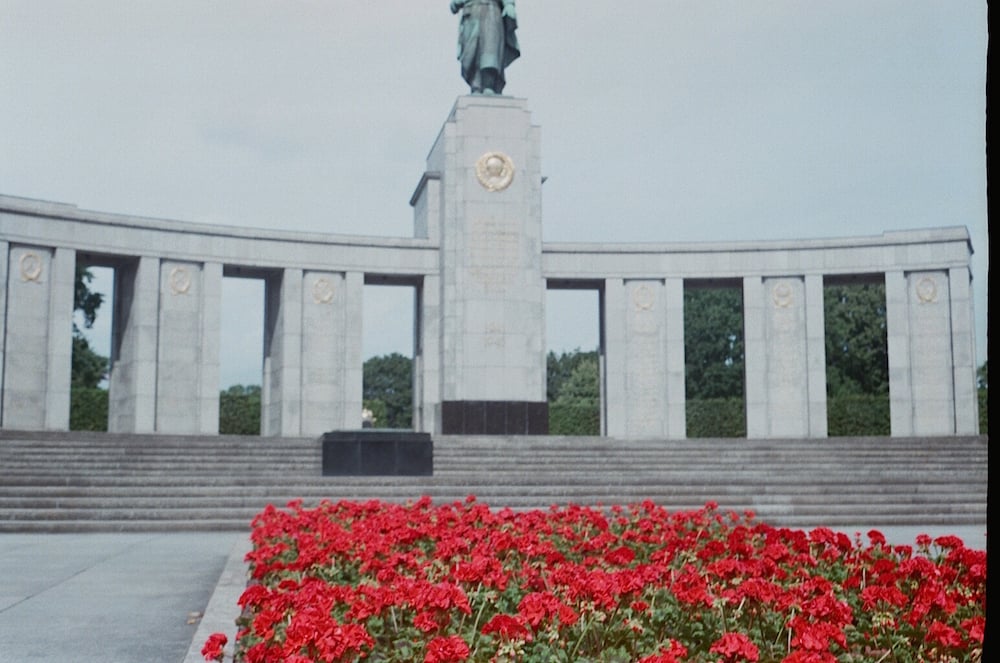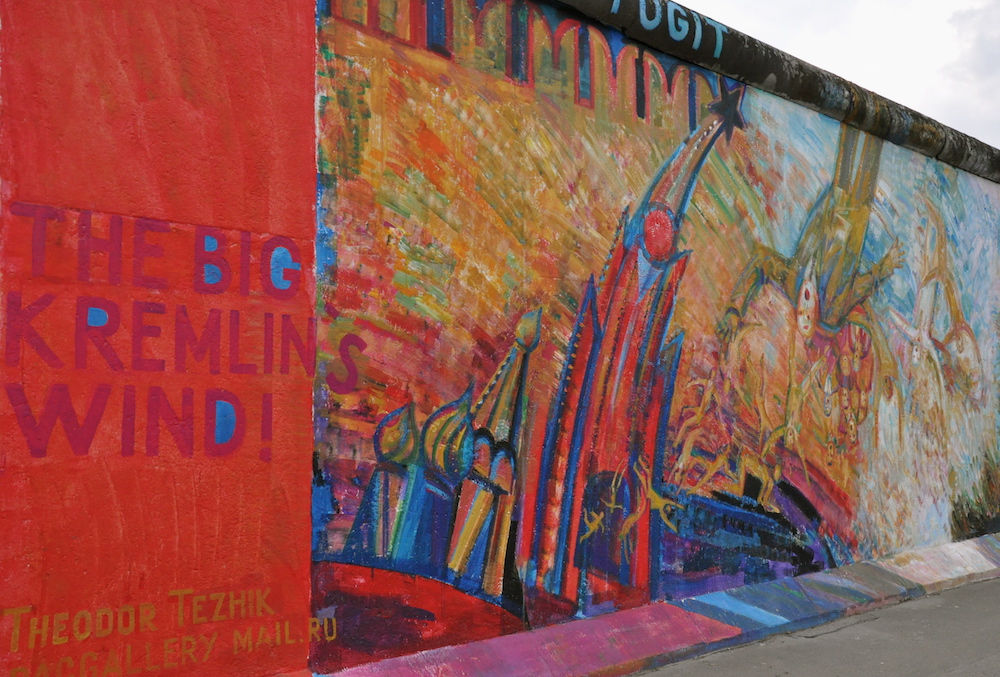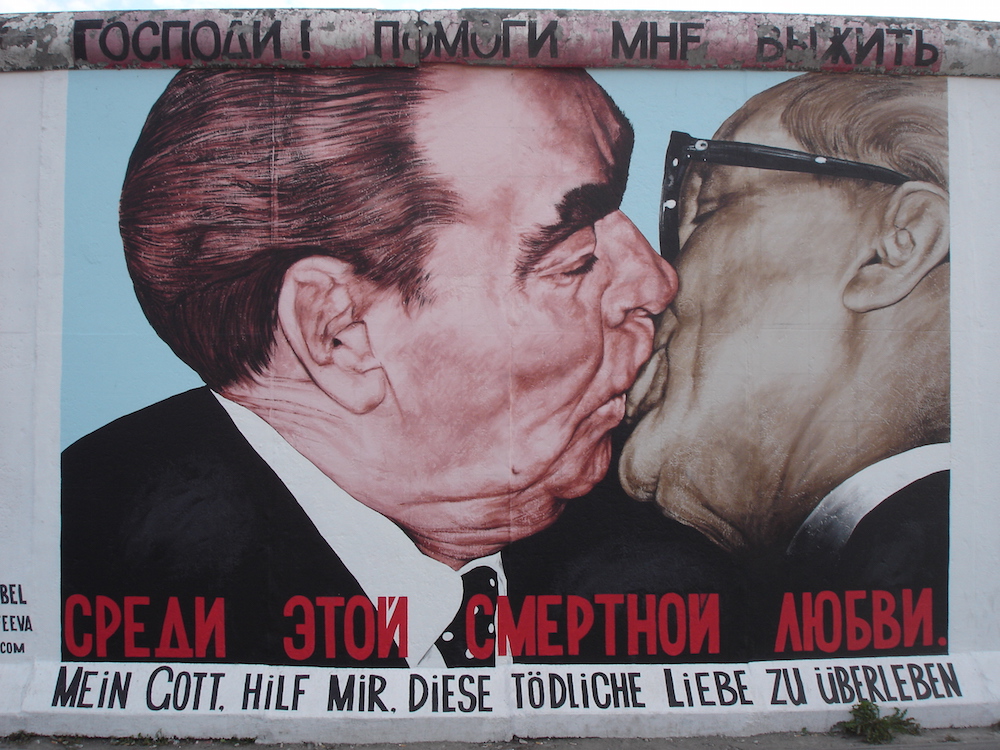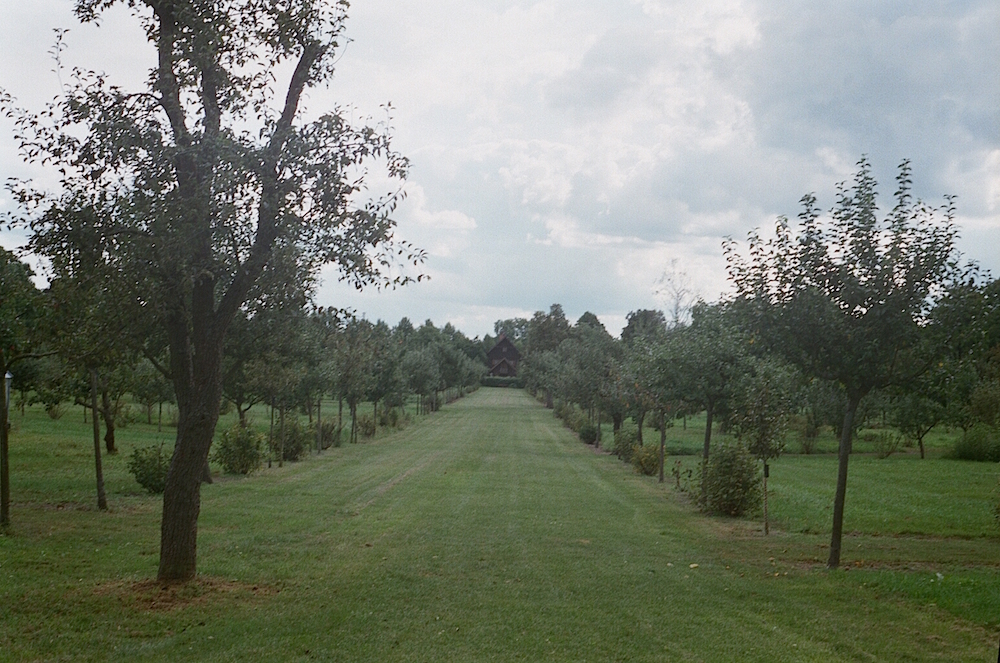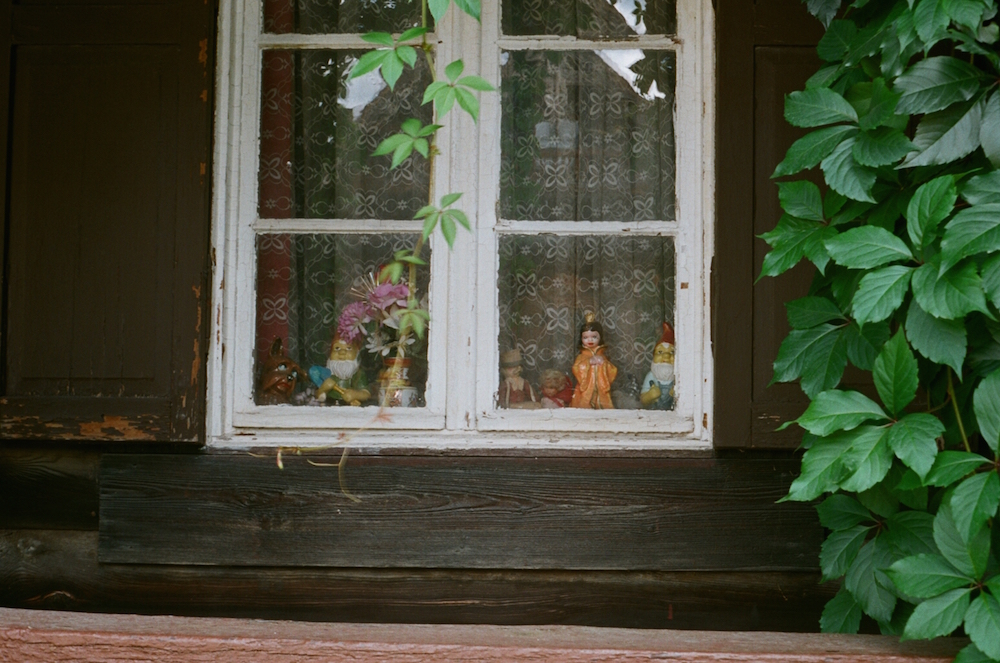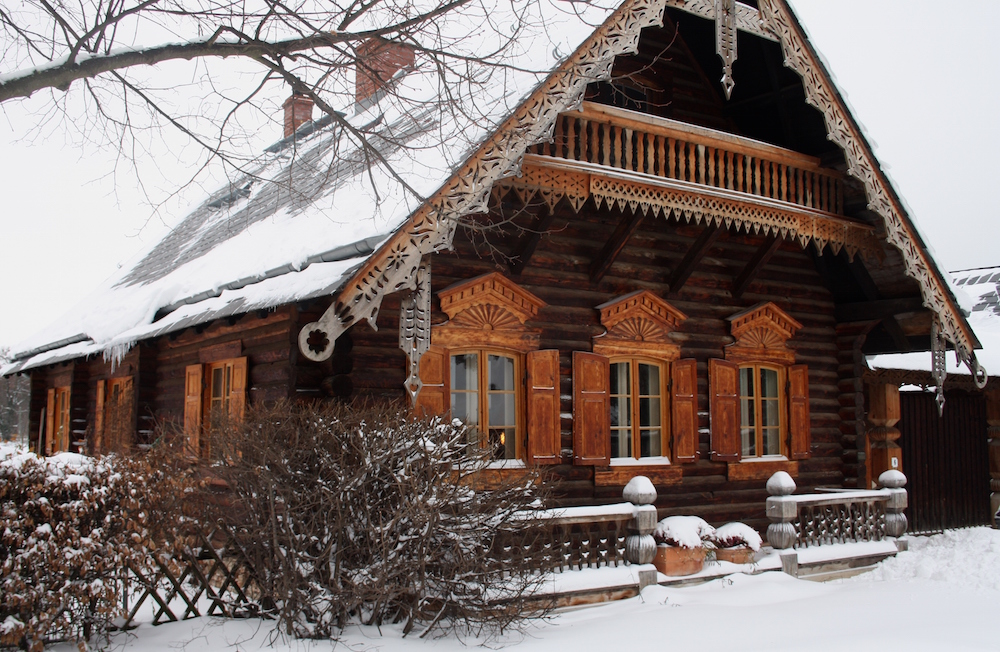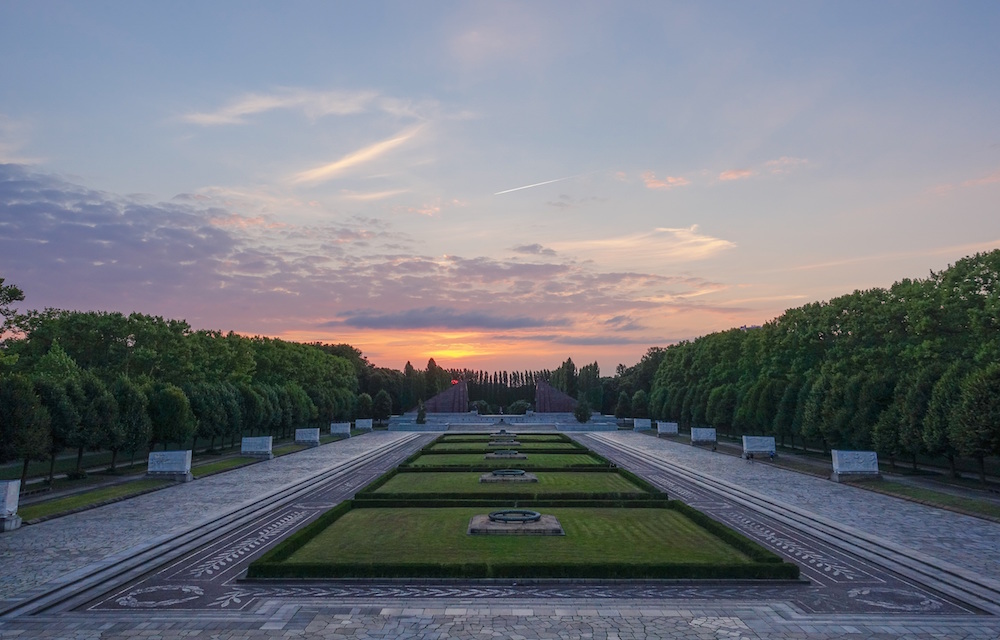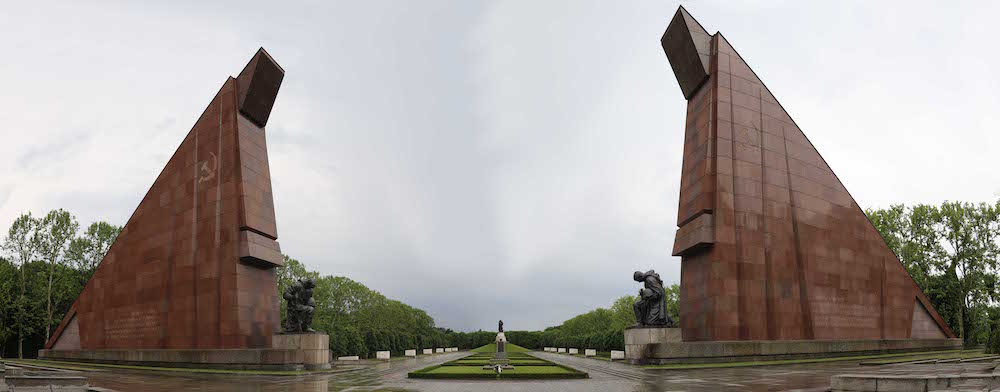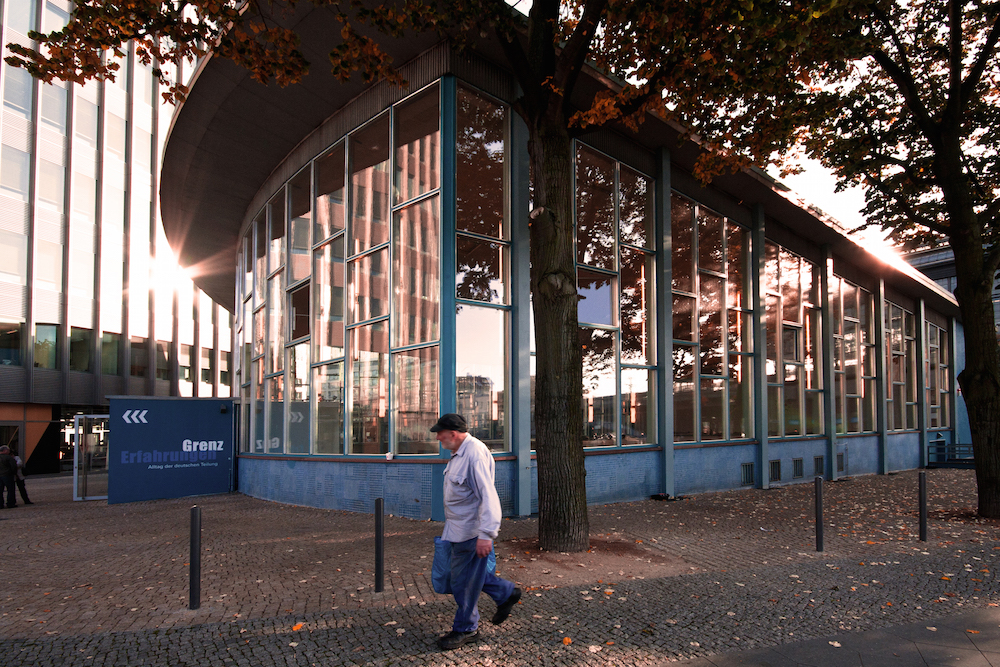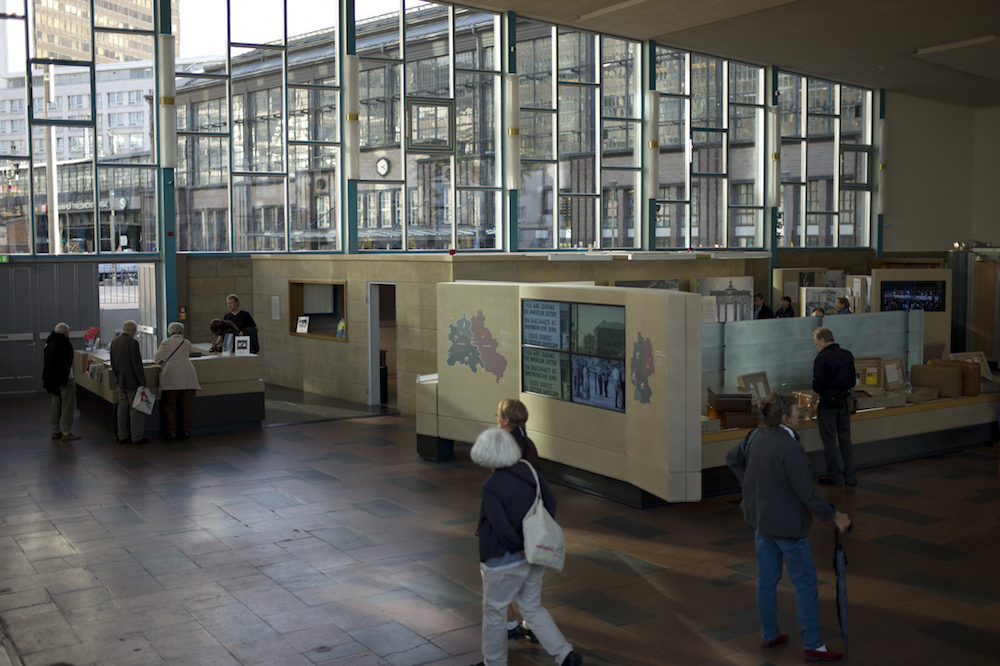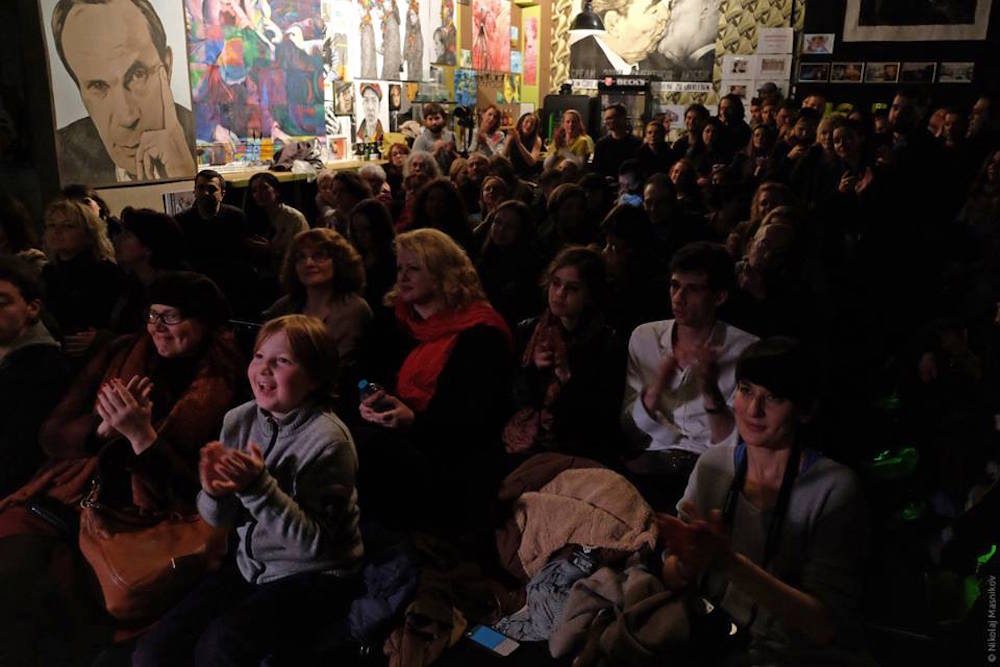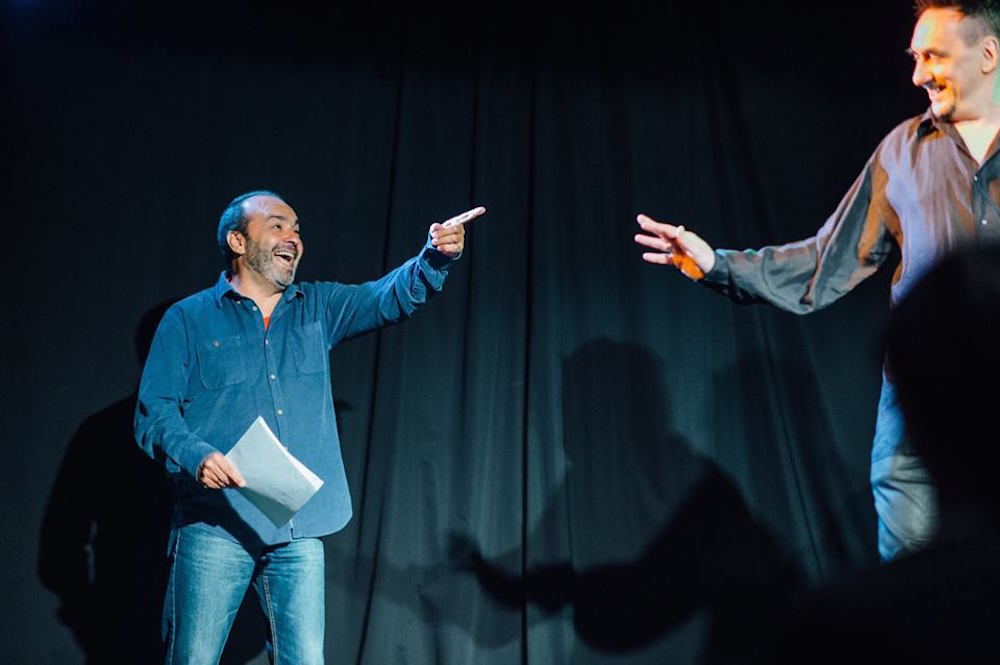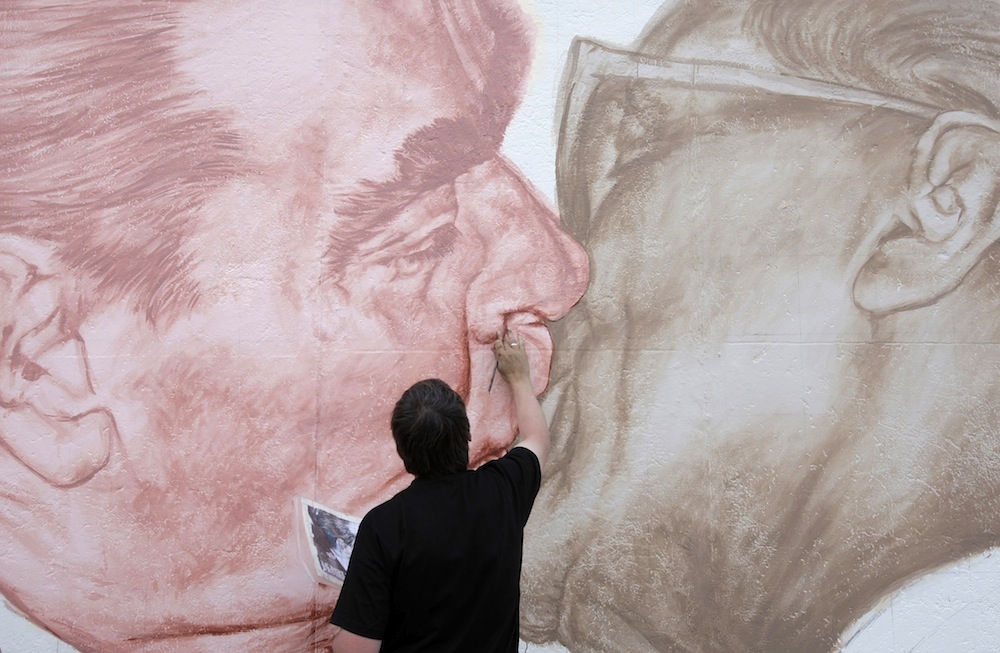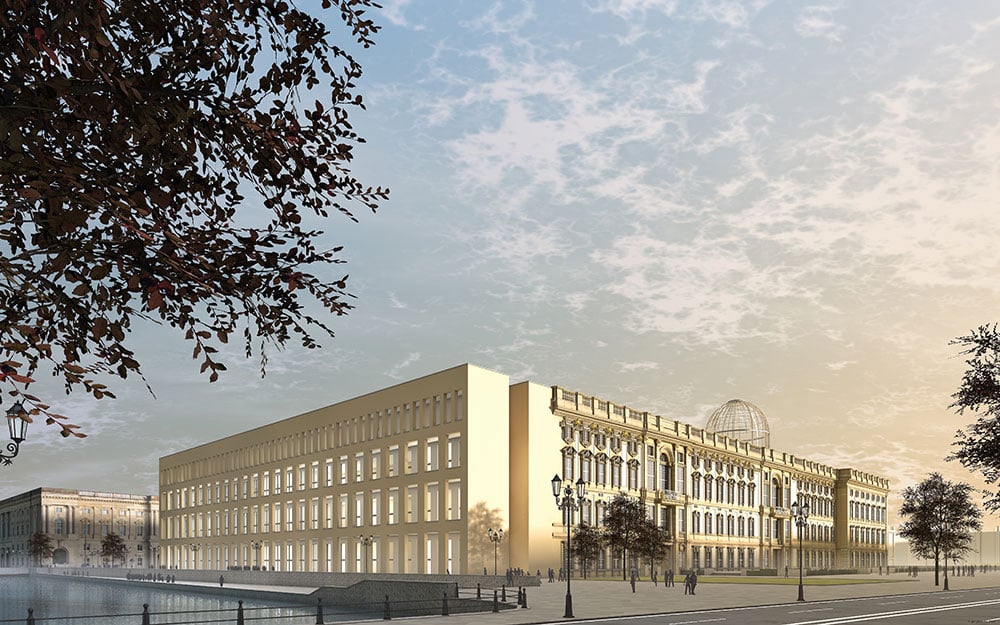Berlinograd: explore the enduring Russian influence on Germany’s young capital
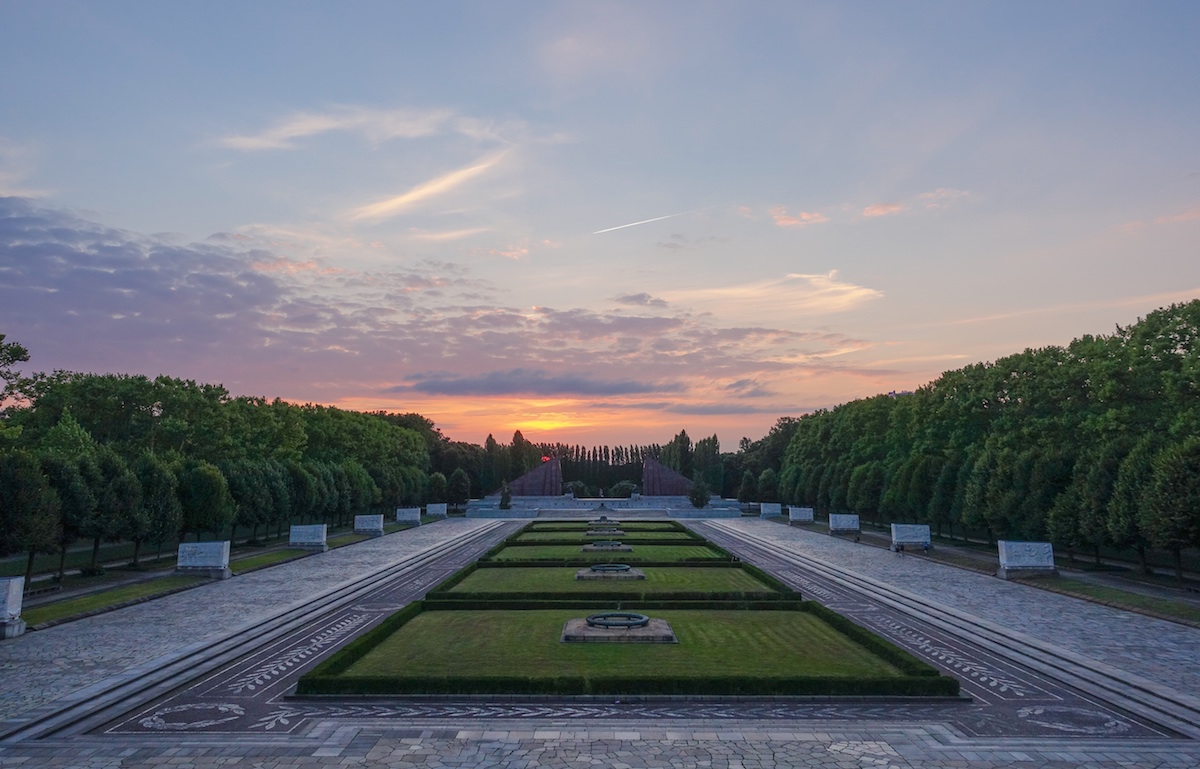
The 20th-century histories of Berlin and Russia are inextricably linked, so next time you’re in the German capital make sure to check out these reminders of a shared and divided past: from sombre war memorials to homely cafes and more.
Given that Berlin was only unified in 1990 after 41 years divided into Allied- and Soviet-occupied zones, it’s hardly surprising that Russian influence has left its mark on the German capital. As a major exhibition entitled Art Without Death: Russian Cosmism opens at Berlin’s Haus der Kulturen der Welt, why not take the chance to glimpse into a city often lovingly referred to by contemporary Russian émigrés as Berlinograd.
Soviet War Memorial in Tiergarten
If you were to unwittingly stumble across the Soviet War Memorial while on a stroll through Berlin’s huge, luscious Tiergarten park, you could be forgiven for thinking you had accidentally ventured a little further east than planned. Built in a style similar to other Second World War monuments once found all over the former Soviet Union and Eastern Bloc — many of which have come under fire in the face of decommunisation — this memorial to the Soviet war dead of the Battle of Berlin centres around a statue of a Soviet soldier, flanked by two tanks and a pair of artillery guns. Behind the memorial you can find an outdoor exhibition showing photographs of the memorial’s construction in 1945, within just a few months of the capture of the city by Soviet forces.
East Side Gallery
A first trip to Berlin wouldn’t be complete without a visit to the East Side Gallery. Not to be missed is the iconic My God, Help Me to Survive This Deadly Love, sometimes known as the Fraternal Kiss — one of the best known Berlin Wall graffiti paintings. Russian painter Dmitry Vrubel’s 1990 artwork (repainted in 2009) reproduces a photograph of Soviet leader Leonid Brezhnev and GDR leader Erich Honecker engaging in a fraternal socialist embrace in 1979 during a celebration of the 30th anniversary of the GDR. Another painting that might catch your eye is Big Kremlin’s Wind by Russian artist Theodor Chezlav Tezhik. In vibrant colours, the artwork depicts a strong wind blowing politicians, including Mikhail Gorbachev, out of the doors of the Kremlin.
Checkpoint Charlie
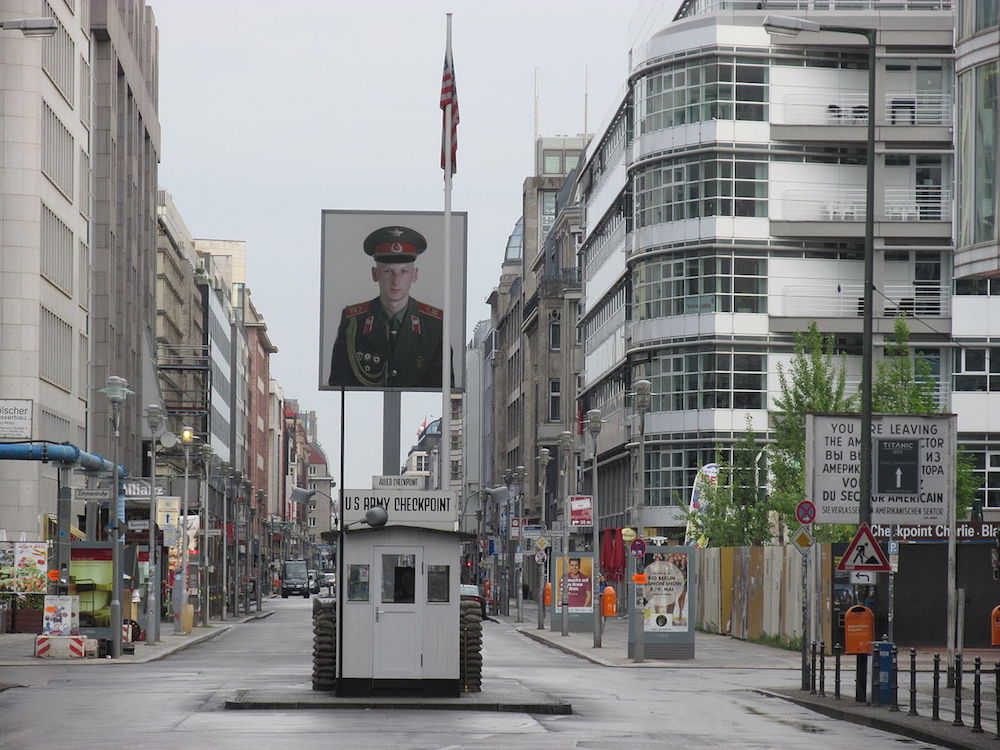
A tourist trap it may be, but have you even been to Berlin if you haven’t paid a visit to Checkpoint Charlie? Also known as Checkpoint C, this was the best-known crossing point between East Berlin and West Berlin. Now this symbol of the Cold War hosts a copy of the guard house and sign that once marked the border crossing. If you want to take a look at the iconic guard house, the original now sits on display at Berlin’s Allied Museum. A particularly striking feature of the checkpoint is its framing by a light-box installation, towering over the inevitable crowds. Created in 1998, Frank Thiel’s Untitled takes the form of two large portraits, one of an American soldier and another of a Russian soldier, marking the division between the former sectors of the city.
Charlottenburg
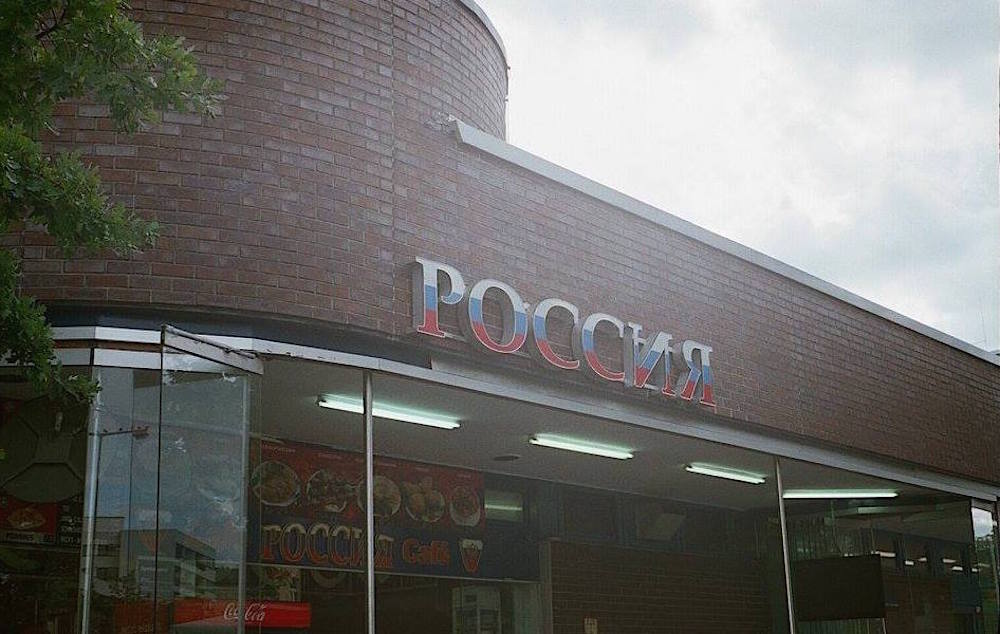
There are over 100,000 Russians in Berlin, and an even greater number of Russian speakers. The city’s Charlottenburg district seems a natural start point for an adventure into “Russian Berlin” — in the 1920s, this area was nicknamed “Charlottengrad” for the great numbers of Russians who arrived in the wake of the revolution. Although the Russian influence on the area now is much less prominent, you can still find traces of Charlottengrad today. Right next to Charlottenburg station stands the Rossia supermarket and “imbiss” (snack bar), where you can pick up essentials like Alyonka chocolate and pelmeni or enjoy a warm pirozhok.
Alexandrowka
Had enough of big city life? An idyllic Russian orchard paradise awaits just outside Berlin. Located in charming Potsdam, a city bordering Berlin and just a short train ride away, Alexandrowka is a Russian colony made up of 13 wooden houses built in traditional Russian style. Established between 1826–1827 on the request of Prussian King Frederick Wilhelm III in memory of Tsar Alexander I, the houses are still home to a few descendants of the original inhabitants. Once you’ve looked around the little museum, enjoy a cup of strong Russian tea or a portion of salat olivye in the peace of the orchard. Be sure to take a stroll to the nearby, wonderfully pink Russian Orthodox church.
Soviet War Memorial in Treptower Park
Another war memorial? No, really, this one is worth the visit. Impressive not least for its vastness, the Soviet War Memorial in Treptower Park is not just a symbolic place of remembrance, but also a military cemetery where 7,000 Red Army soldiers were laid to rest. Built to epic proportions, the memorial was designed by Soviet architect Yakov Belopolsky and opened four years after the Second World War, in May 1949. Centring around a 12-metre-tall statue of a Soviet soldier carrying a German child, standing over a broken swastika, this monument is part of a triptych titled The Motherland Calls. The other two monuments can be found in Magnitogorsk and Volgograd, Russia.
Primitiv
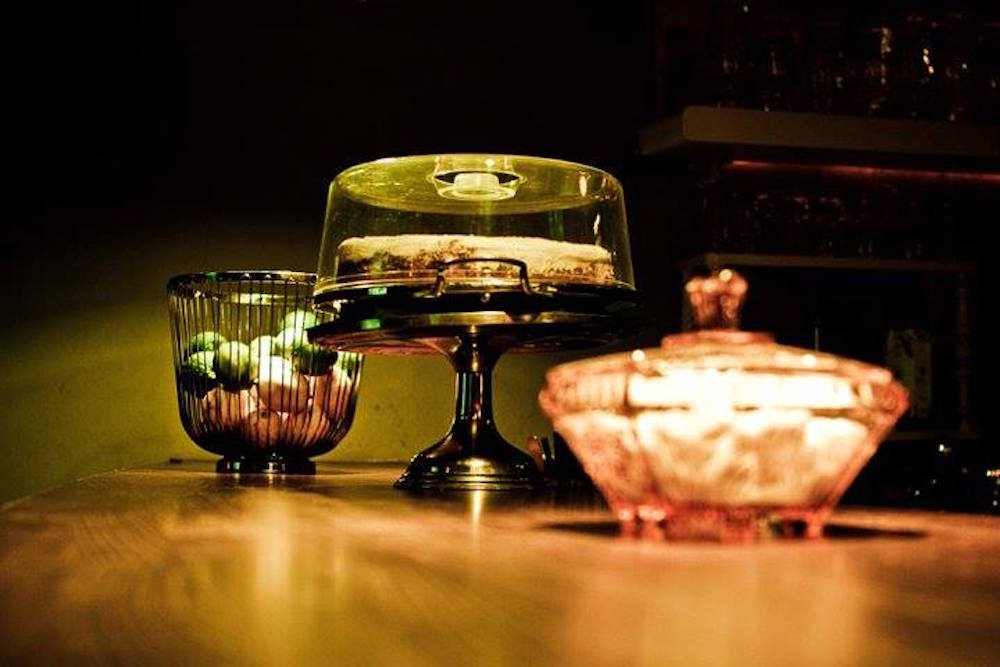
Although Friedrichshain boasts a thriving nightlife scene, the area has been written off by many Berliners as a tourist haven. One spot to escape this side of it is Primitiv, which you’ll spot it by its Cyrillic signage. The bar’s cosy yet glam interior — think big, comfy chairs and a mixture of east German furnishings and traditional Russian flair — and excellent selection of (great value) drinks make it the perfect place to wile away an evening with friends. The cocktails are renowned, with the White Russian coming particularly highly recommended. If you time things right, you’ll get to experience one of Primitiv’s legendary burlesque shows or themed parties.
Tränenpalast / “Palace of Tears”
After two war memorials, two checkpoints — hopefully the rather forbidding nickname “Palace of Tears” has just about stopped you from scrolling down to the next place on this list. Constructed at the Friedrichstraße railway station in 1962, immediately after the construction of the Berlin Wall, Tränenpalast served as a major crossing point for passengers travelling from East to West Berlin. The station’s colloquial title stems from the many tearful farewells that took place in front of its distinctive glass and steel pavilion. Today the permanent (and free) exhibition Everyday Life in Divided Germany explores the role of this border station and the lived experiences of those passing through it or seeing loved ones off. Once upon a time, you could have danced the night away at the border crossing — after the fall of the Berlin Wall, Tränenpalast was used as a nightclub and venue until 2006.
Panda Theatre
The Panda “Not Just Russian” Theatre (P.A.N.D.A. nicht nur russisches) is a non-profit indie venue that aims to provide a platform for arts of any kind — theatre, literature, music, video — and foster interaction and collaboration between artists from the countries of the former USSR and Berlin creatives. Here you can expect anything from poetry and theatre to dancing and live accordion performances.
German-Russian Museum

Although its full name is rather a mouthful, the German-Russian Museum Berlin-Karlshorst is worth a visit for the insight it offers into German-Soviet relations from 1917—1990. Set at the historic site of the surrender of the German Armed Forces on 8 May 1945, the museum opened in 1995 as a symbol of collaboration between Russia and Germany and as a tool for developing understanding between the two countries. Recounting history from both sides, the museum explores issues such as remembrance of the war and the day-to-day lives of soldiers and civilians on either side of the conflict. The museum houses an impressive range of documents, posters and everyday objects, along with an outstanding archive of war photography.
Datscha cafe
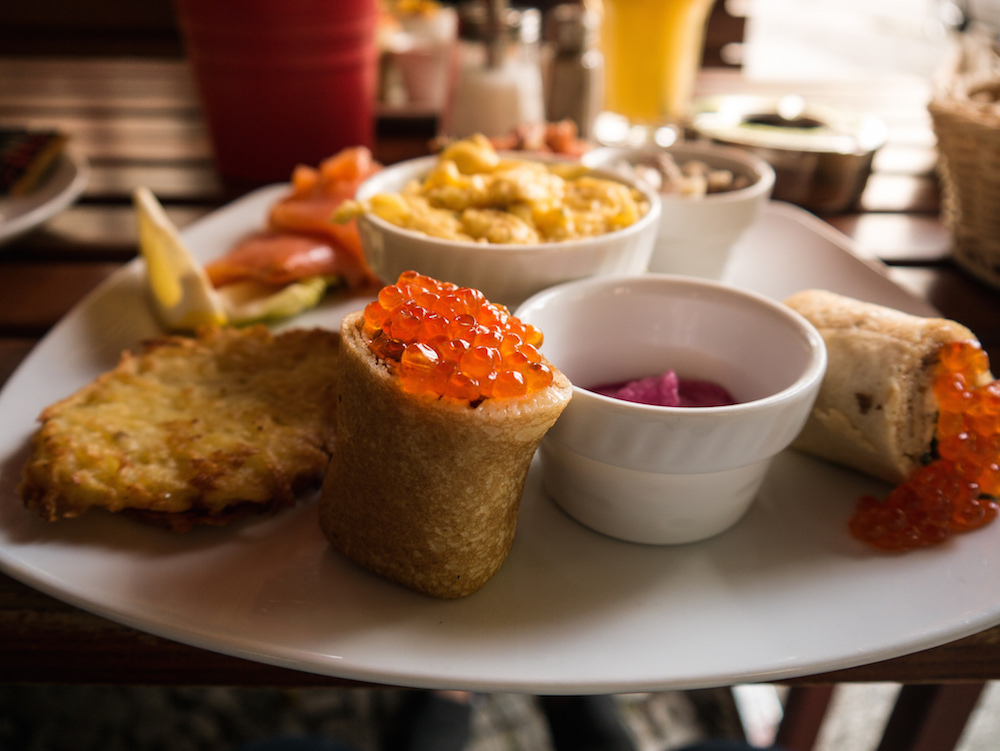
Looking for a home away from home in Berlin? You might just have found it at Datscha. This Russian cafe-restaurant has two locations in Berlin — one in Friedrichshain and the other in Kreuzberg — both of which serve delicious home-style cooking. Come hungry for classic favourites such as borscht, pelmeni, blini and solyanka, or savour a sumptuous brunch at Datscha’s ample Sunday buffet. In Russian, dacha usually refers to a rural holiday house or cottage, often set in the exurbs of the city, and Datscha gets this vibe just right — walls covered in tiny framed photographs, wooden furniture and high ceilings combine to give a cosy yet airy feel to the place.
Art Without Death: Russian Cosmism is on display daily until 3 October at Haus der Kulturen der Welt, Berlin. You can find more information about the exhibition here.
